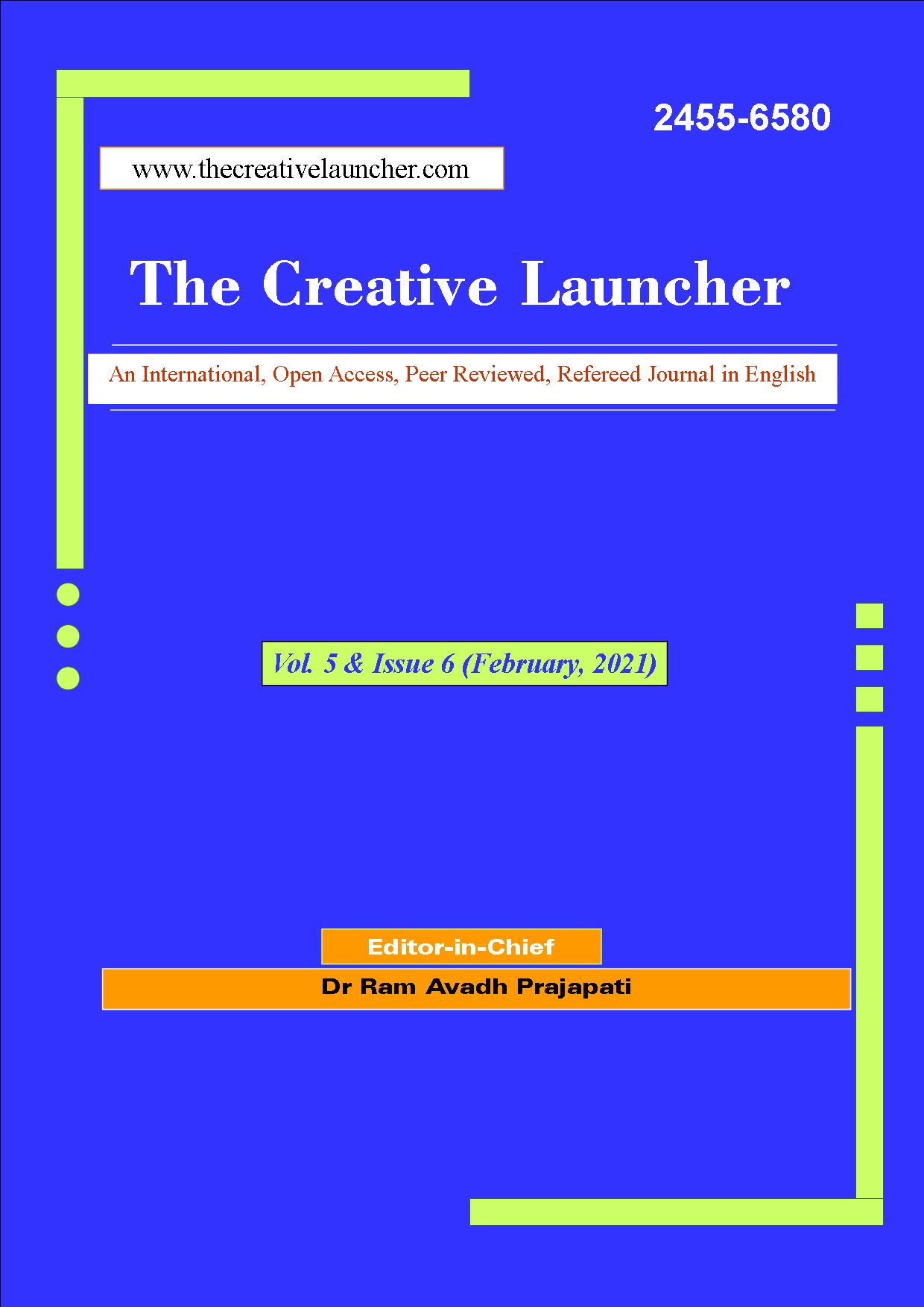Gender Inequality and Male Hegemony in Kiran Nagarkar’s Seven Sixes Are Forty Three
Main Article Content
Abstract
Gender discrimination is subject to the history of this whole universe. In the male dominant society the ratio of facing gender bias and patriarchy may differ but no one in this universe is untouched by this fact. Male hegemony has always been inspected as a dominant figure throughout every corner of society and women’s from their very birth are taught and pressurized to follow this cultural biased gender inequality. Without trying need and importance to understand that society is incomplete and baseless without women and no society or country can ever progress without the active participation of women in its social, cultural and economic activities. The main cause of gender discrimination arises due to deep rooted desire to gain power and feeling insecure of others because the male dominated society deliberately constitutes the policies and regulation forcing women to stay in four boundaries of home and remain stereotype and weak as compared to men.
Downloads
Metrics
Article Details

This work is licensed under a Creative Commons Attribution-NonCommercial-NoDerivatives 4.0 International License.
References
de Beauvoir, Simone. The Second Sex. Alfred A. Knopf. pp. xv–xxix.
Nagarkar, Kiran, Seven Sixes Are Forty –Three. trans, Shubha Vikas Publication,1981. 2.
Ibid. 3
Ibid. 4
Ibid. 8
Ibid. 4
Ibid. 6





